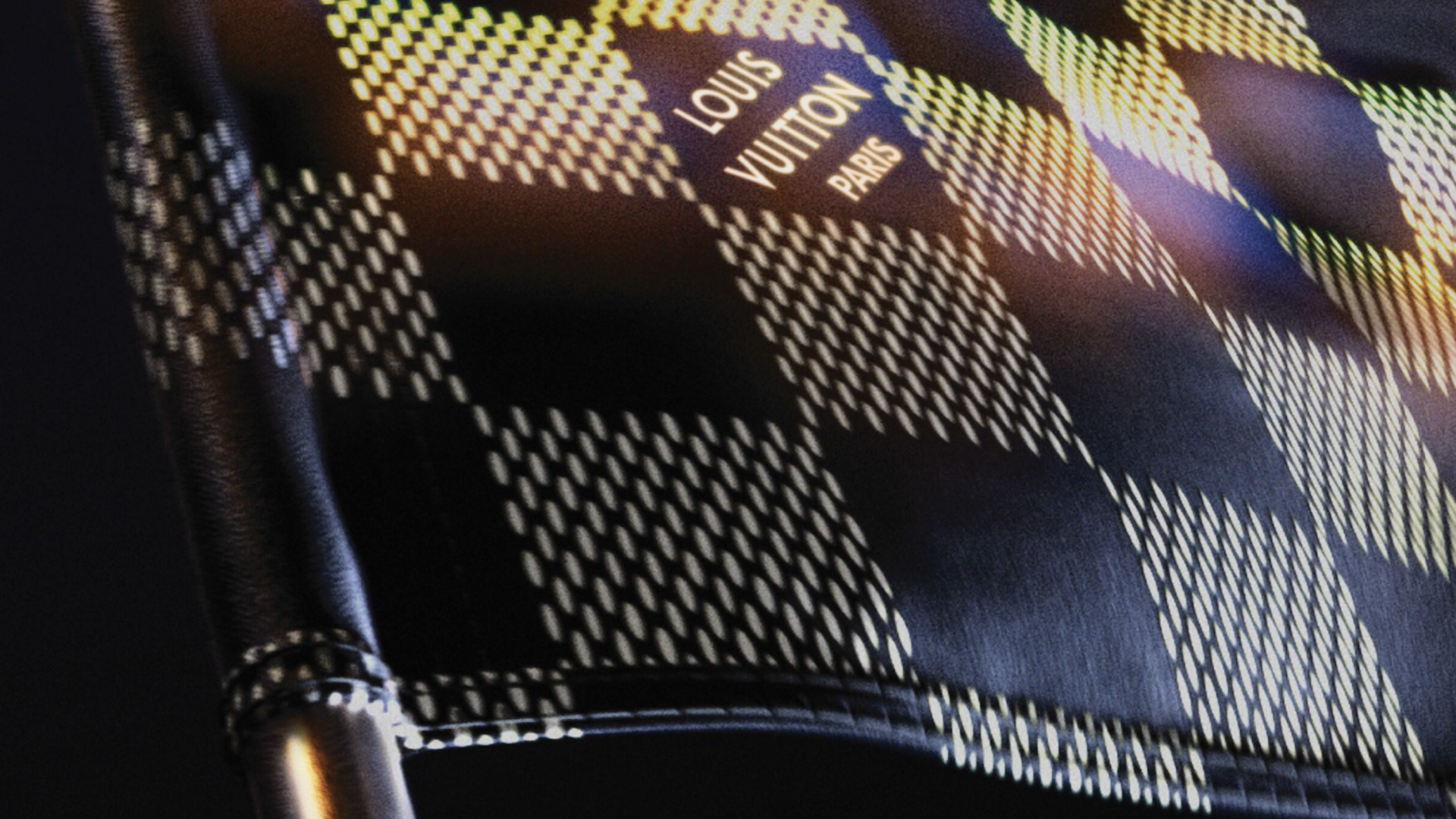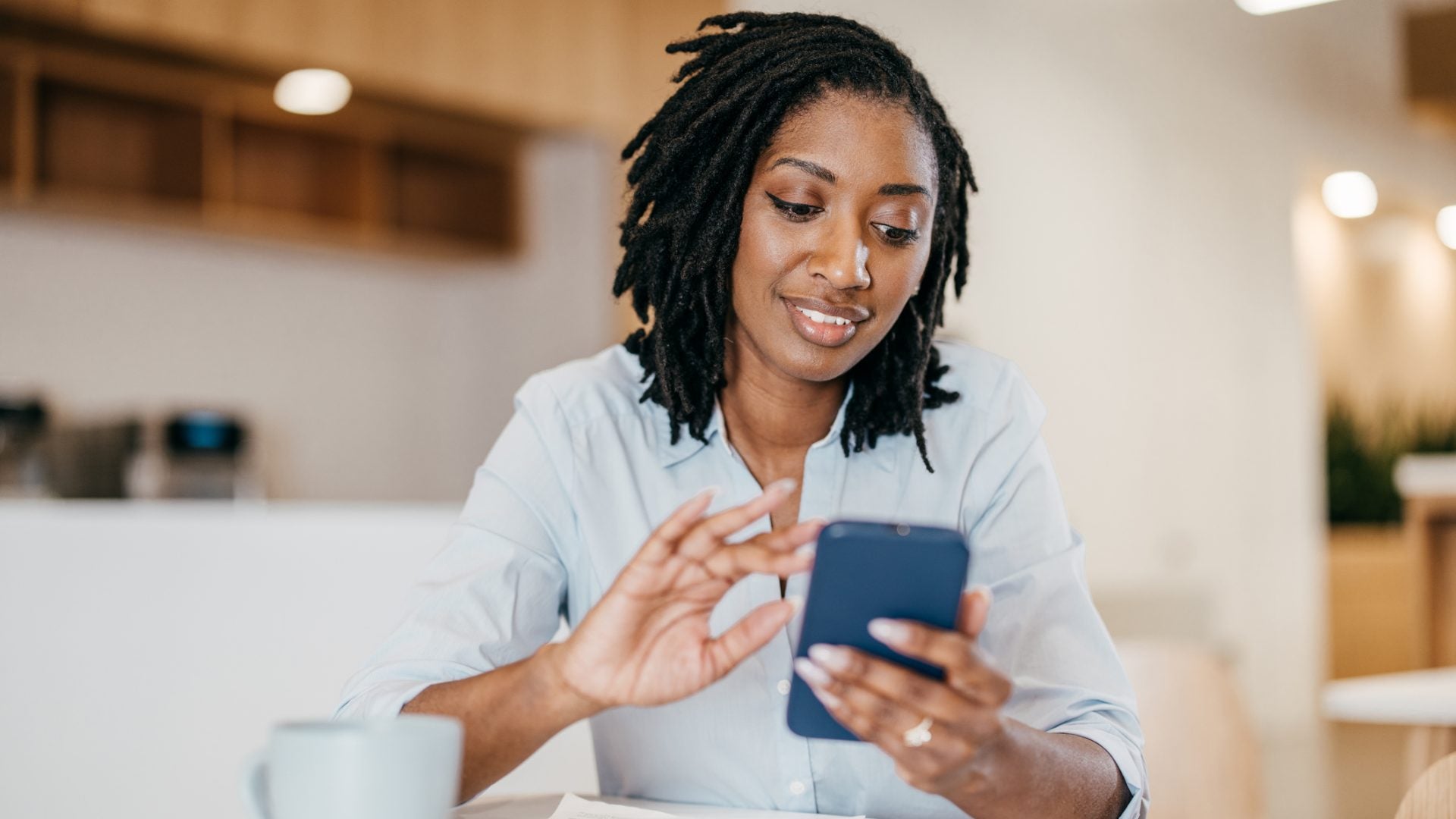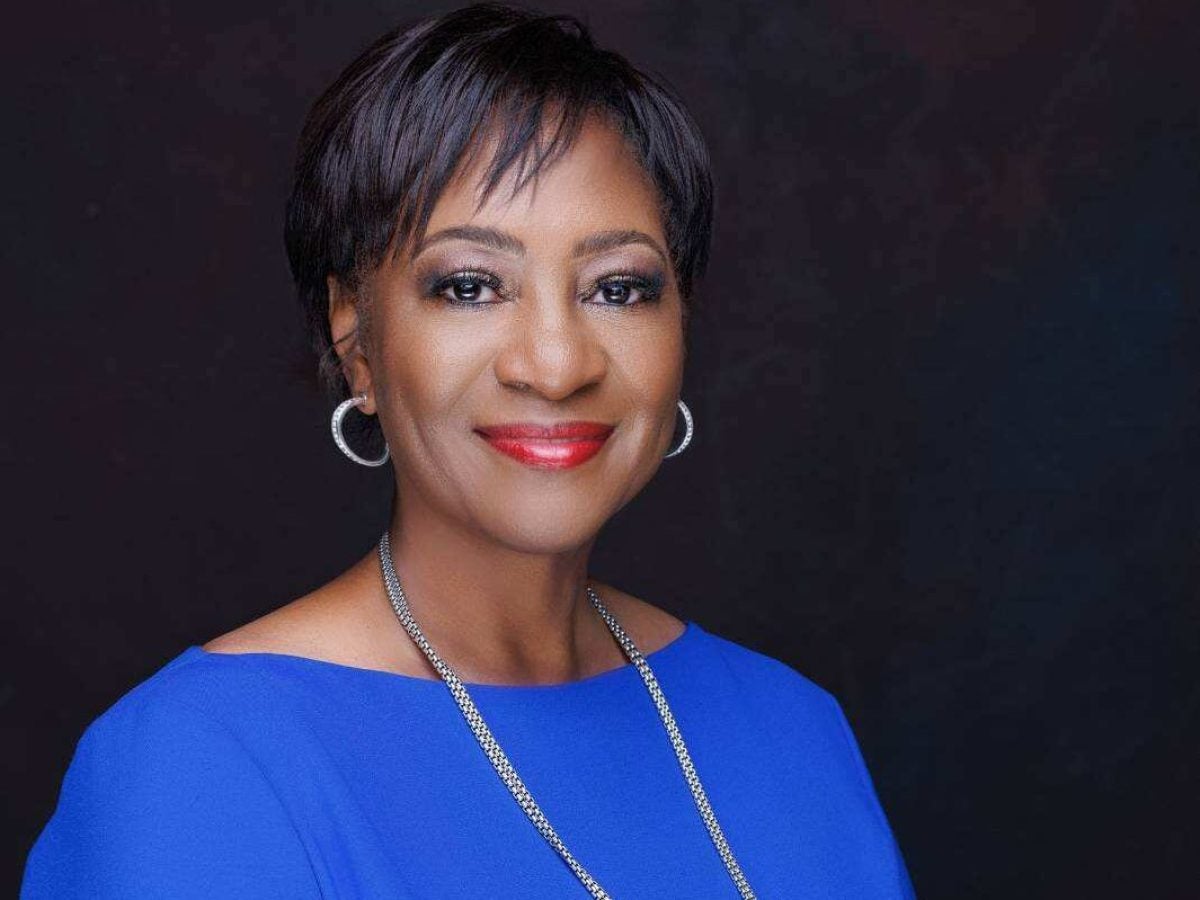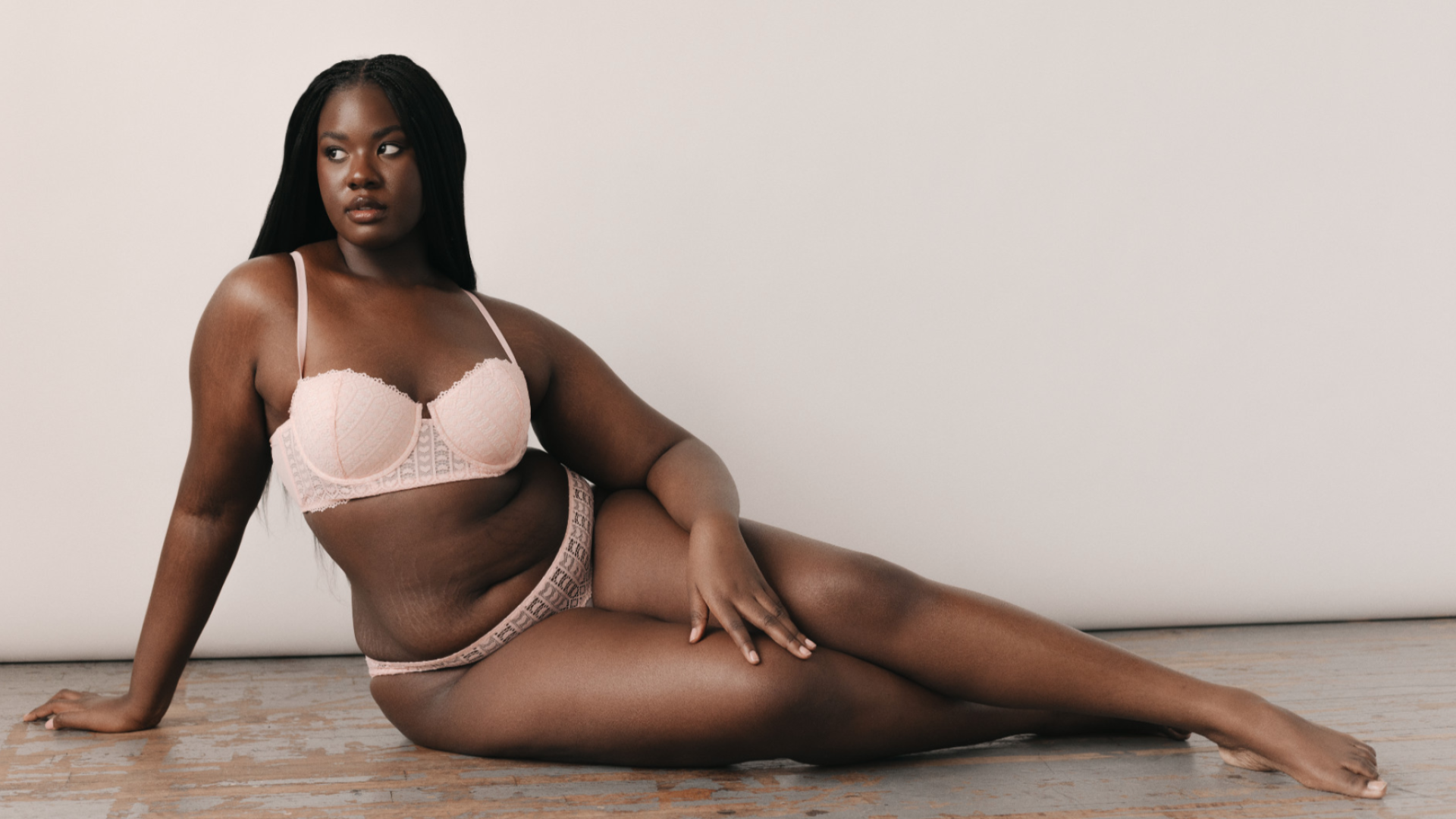
While we love hearing the terms diversity and inclusion, the modeling industry’s way of saying it tends to be from a business standpoint. The modeling industry feigned its claimed attempt to include plus-sized models on the runway and in campaigns. According to Vogue Business, this past Fall/Winter 2024 runway season, only 0.8 percent of models were plus-sized on the runways in all four major fashion capitals. Throughout that Fashion Month, 230 shows and presentations were held.
Tokenization seems to be the root of the issue of this distorted narrative of inclusion. When you see more well-known, plus-sized models like Paloma Elsesser or Precious Lee on runways or in campaigns, it may give a false sense of representation. While those models are moving higher in the ranks, other plus-sized models aren’t afforded the same growth opportunities, as the trend of supporting plus-sized models is merely smoke in mirrors. Model Bousso says it’s like “ticking a box” when plus-sized models are included in a shoot. Plus-sized models feel like their bodies are a trend and not one that is lasting very long.
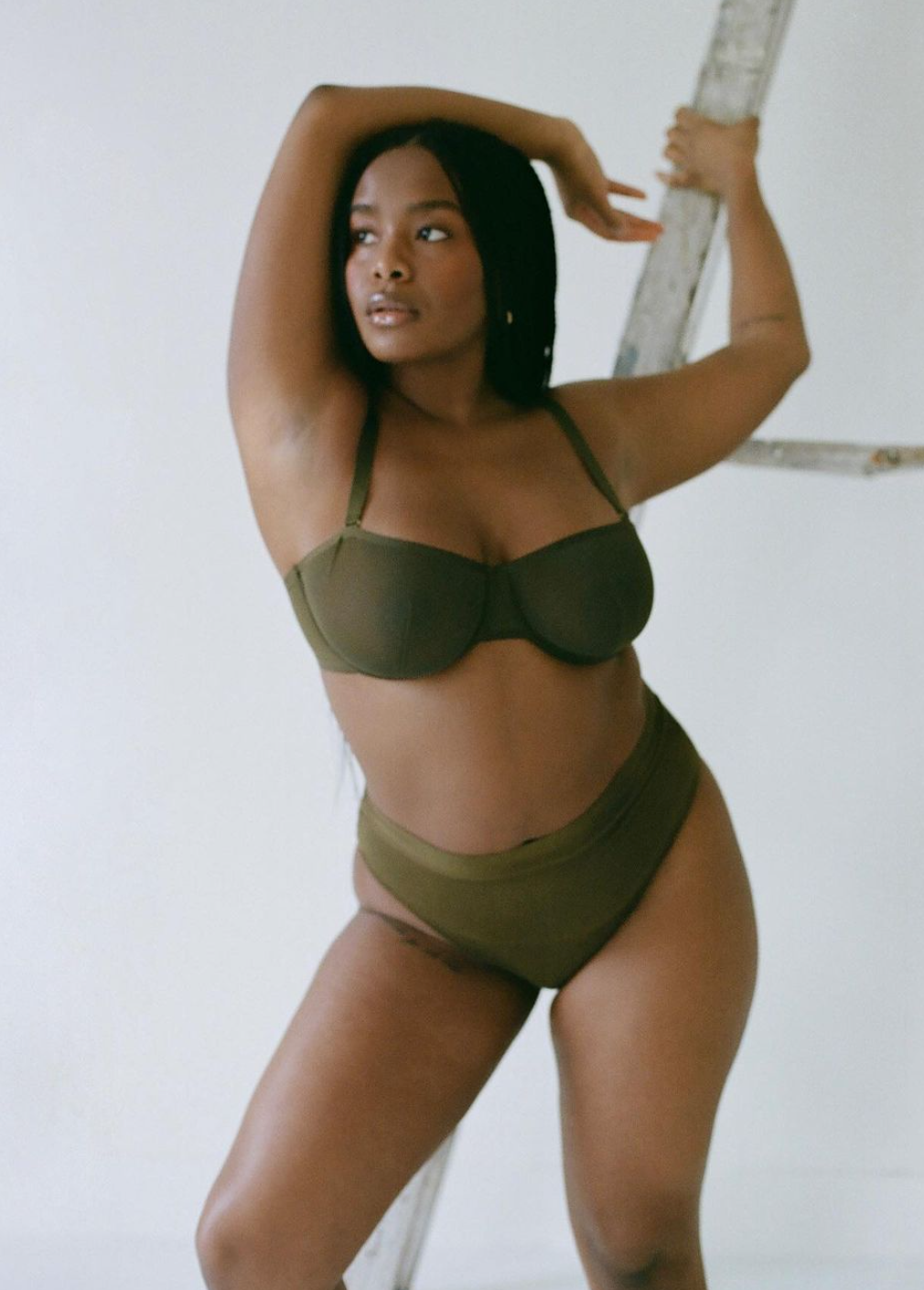
In 2020, a push for true diversity in all realms of the fashion industry as well as other respective industries was seen. We could see it in new campaign ads or in certain rooms with new diversity, equity, and inclusion (DEI) roles being created. But, that uptick has come to an end. Fashion Month used less plus-sized models as the only shows this past season. Glamour UK reports that the few designers who made an effort towards diverse casting included Collina Strada, Esther Manas, and Sinead O’Dwyer.
Enga Domingue, a model, feels like the fashion industry has turned its back on plus-sized models. Domingue tells me that the lack of advocacy is what truly bothers her. From 2019 to 2022, casting directors she’d met with constantly expressed wanting more diverse bodies on the runway, in editorial, and in luxury fashion. Domingue has overheard many times from straight-sized models, hair and makeup artists, stylists, and producers that they are “obsessed” with plus-sized and curve models getting more work. Yet, their actions have yet to speak as loud as their words.
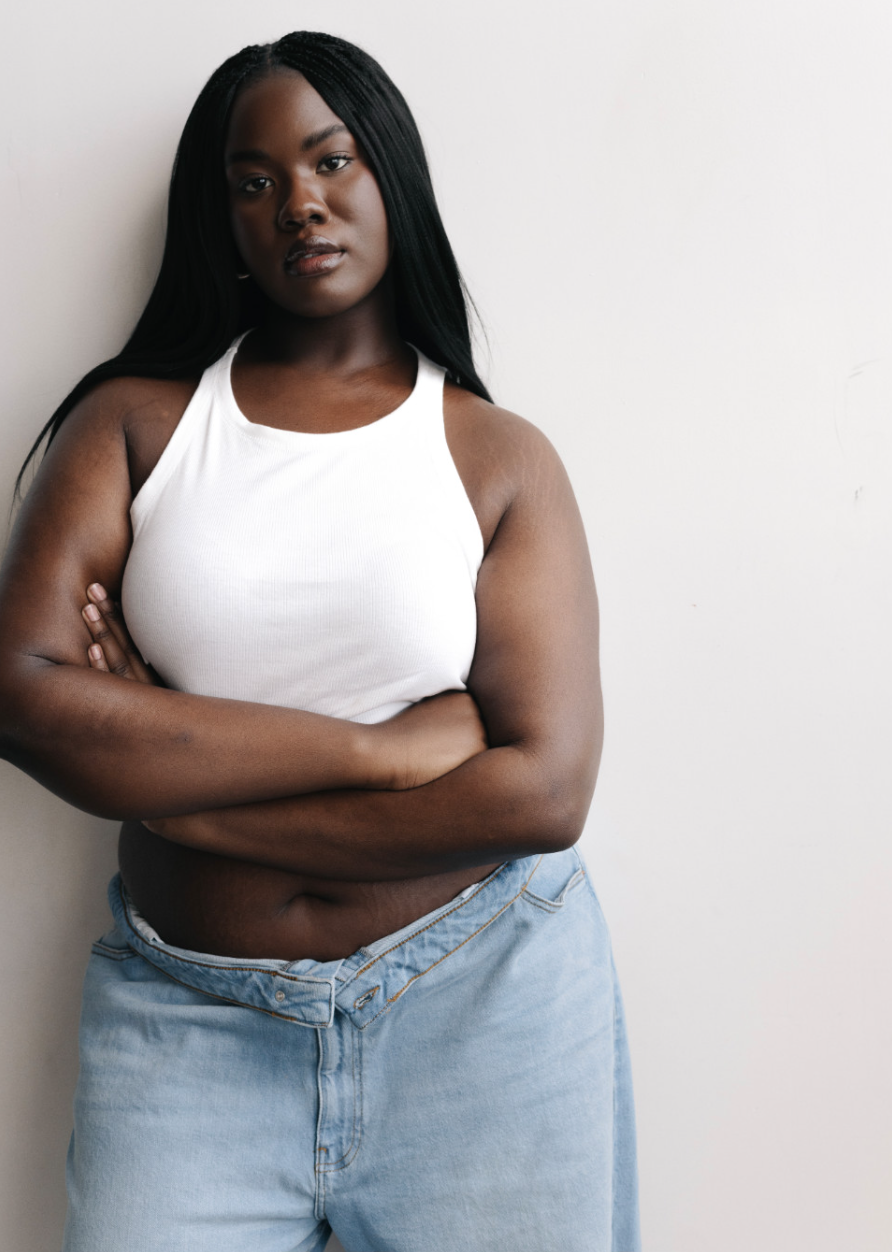
“They see exactly what’s happening and say nothing. People go where the money goes and I understand that but does it cost that much to put a statement out there or publicly question these changes,” she said. She mentioned not wanting plus-sized models to lose hope. Domingue has noticed celebrity culture and the unrealistic beauty standards that are a byproduct of that are being dismantled. “Realness always prevails,” she adds.
Bousso, a New York City-based model, feels the hardship of feeling that her body is only valued when it’s trendy or profitable. She noticed a shift in the industry during this year’s New York Fashion Week in addition to the one before that made it clear to her how much plus-sized models were overlooked. “It’s like we’re always on the sidelines, hoping for a chance to shine but never quite getting there,” Bousso explained.
She’ll notice sets where a plus-sized model may be present, but rather than being embraced they’re tokenized. This has led Bousso to feel a constant doubt about her place in the industry, however, she says, deep down, she knows there’s space for people of all sizes and shapes. “We deserve to be seen, to be celebrated, just as much as anyone else,” Bousso said.
Monica Lockwood’s journey from a straight-sized model to a curve model was difficult. As we know, being thin is the preference, brands and agencies have reportedly pressured models including Lockwood to fit the mold. Lockwood has struggled with body dysmorphia as a result of these unrealistic beauty standards placed on her. She recalls weighing herself every day, and even exercising twice a day to the point of exhaustion. She began weightlifting to focus on feeling stronger rather than aesthetics and quickly gained muscle that changed her size from a six to an eight. Instead of belittling herself over the size change, Lockwood was proud of her progress, but her agency at the time felt the opposite.
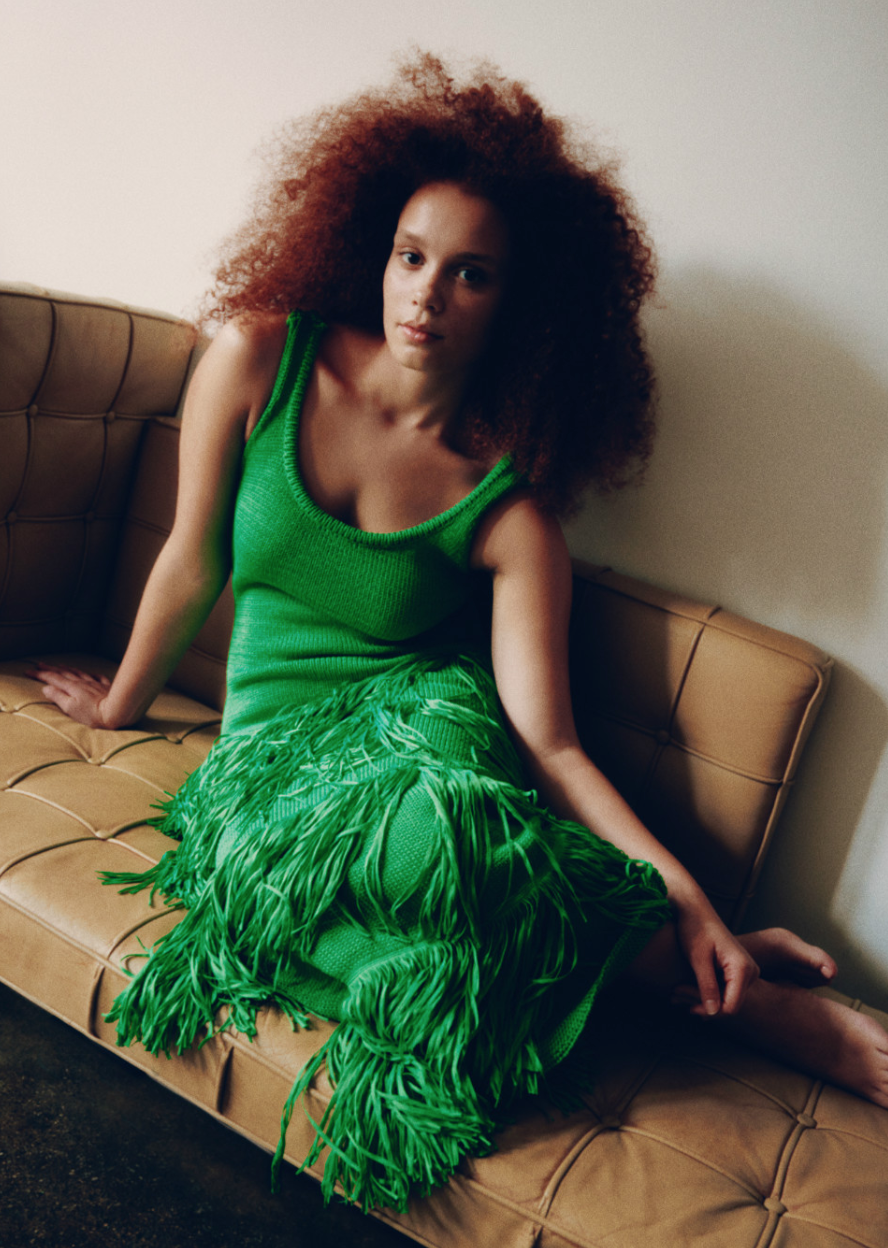







“The way they addressed the size change was judgemental,” she explains. Lockwood tells me that the way her previous agency handled her weight gain also felt passive-aggressive. “It was very weird.” She cried after that conversation as she felt being a curve model was the end of her career.
However, after she worked through those limiting beliefs and moved to JAG Models, an agency, she’s been happier and has embraced her body healthily. “I don’t even remember the last time I weighed myself, and maybe some companies hire curve girls to meet a quota, but I get to be a part of something bigger,” Lockwood shared in an email. She predicts that the next generation will see a new version of advertisement that’s truly inclusive. “It may take a while but change will happen,” Lockwood adds.
While models Paloma Elsesser and Precious Lee have success stories to look up to, the modeling industry still has quite a way to go before it can be called inclusive. Domingue’s statement on the industry’s money-centered decisions rings true as those well-known models add more buzz to a runway or campaign. Lesser known plus-sized models await their turn for notoriety and long-lasting careers. Despite the castings in the most recent Fashion Month, there is still a lack of inclusion that is seen through campaigns, presentations and beyond.

